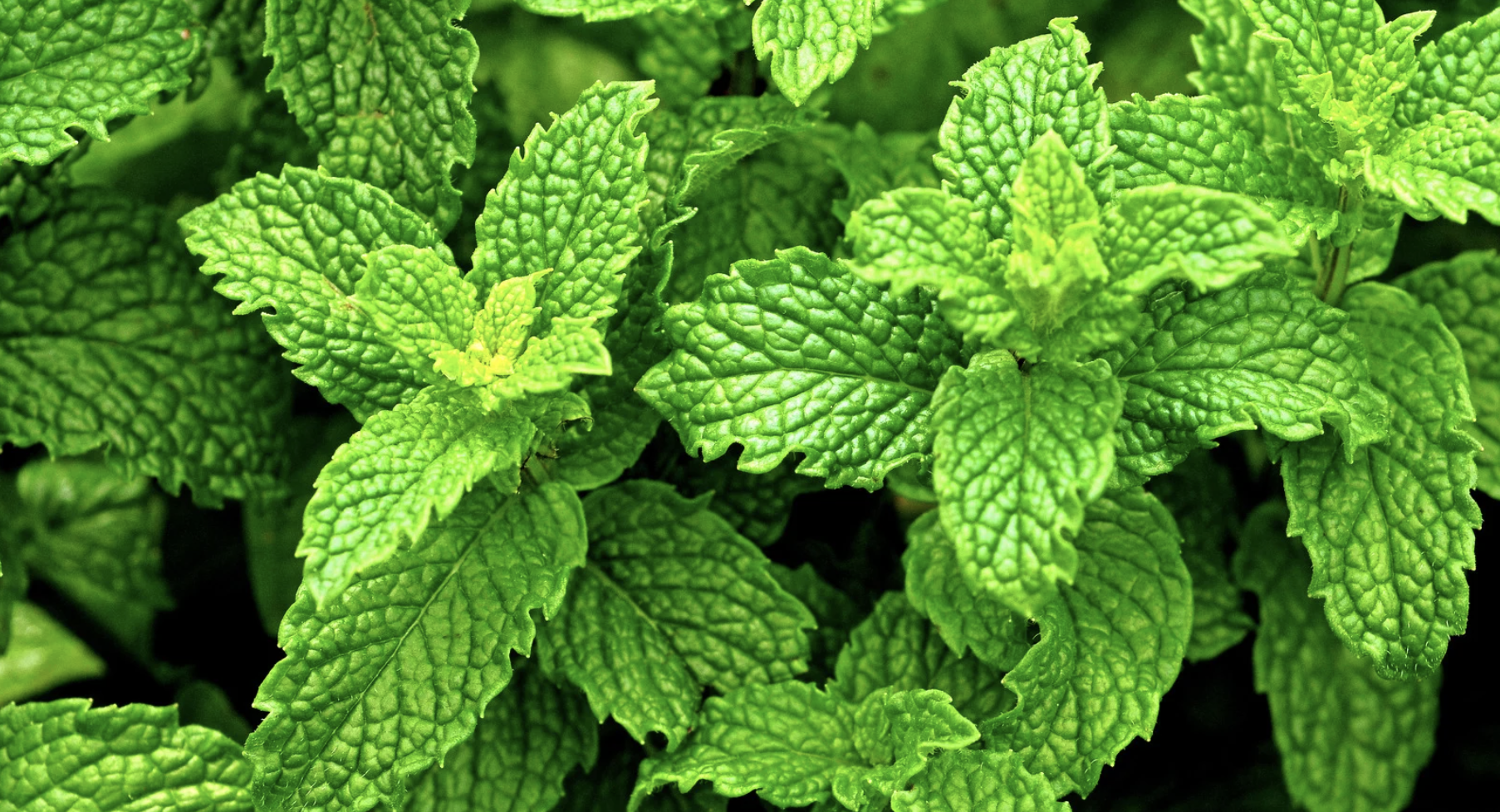As the days grow longer and the sun begins to warm the earth, spring marks the perfect time to start thinking about creating your own medicinal herb garden. Whether you’re a seasoned gardener or just starting out, cultivating a collection of medicinal herbs can provide a wealth of health benefits and add beauty to your outdoor space. Here’s how to get started:
1. Choose Your Herbs: Begin by selecting a variety of herbs known for their medicinal properties. Popular choices include lavender for relaxation, peppermint for digestion, chamomile for soothing, and echinacea for immune support. Research the specific health benefits of each herb and choose ones that align with your wellness goals.
2. Plan Your Garden: Consider the layout and design of your herb garden. Choose a sunny location with well-drained soil for optimal herb growth. Whether you opt for raised beds, containers, or traditional ground planting, ensure each herb has enough space to thrive and spread its roots.
3. Prepare the Soil: Before planting your herbs, prepare the soil by amending it with compost or organic matter to improve fertility and drainage. Herbs prefer slightly alkaline soil, so consider testing the pH and making adjustments as needed.
4. Planting: Once the soil is prepared, it’s time to plant your herbs. Dig a hole slightly larger than the herb’s root ball and gently place it in the hole. Fill in the space around the herb with soil and pat it down gently. Water thoroughly after planting to help settle the soil and encourage root establishment.
5. Care and Maintenance: Herbs are generally low-maintenance plants, but they still require care to thrive. Water your herbs regularly, especially during dry periods, and mulch around the base of the plants to retain moisture and suppress weeds. Prune your herbs regularly to encourage bushy growth and harvest them as needed for culinary or medicinal purposes.
6. Harvesting: As your herbs grow, you can begin harvesting them for culinary or medicinal use. Harvest herbs in the morning when their essential oils are most concentrated, and use sharp scissors or pruners to make clean cuts. Remember to leave enough foliage on the plant to continue growing and producing.
7. Enjoy the Benefits: With your medicinal herb garden in full swing, you can start enjoying the health benefits of your herbs. Brew herbal teas, infuse oils and vinegars, or simply enjoy the beauty and fragrance of your garden as you spend time outdoors.
Creating a medicinal herb garden in spring is not only a rewarding gardening endeavor but also a step towards enhancing your health and well-being naturally. With a little planning and care, you can cultivate a garden full of medicinal herbs that will nourish both your body and soul for months to come.


Comments are closed